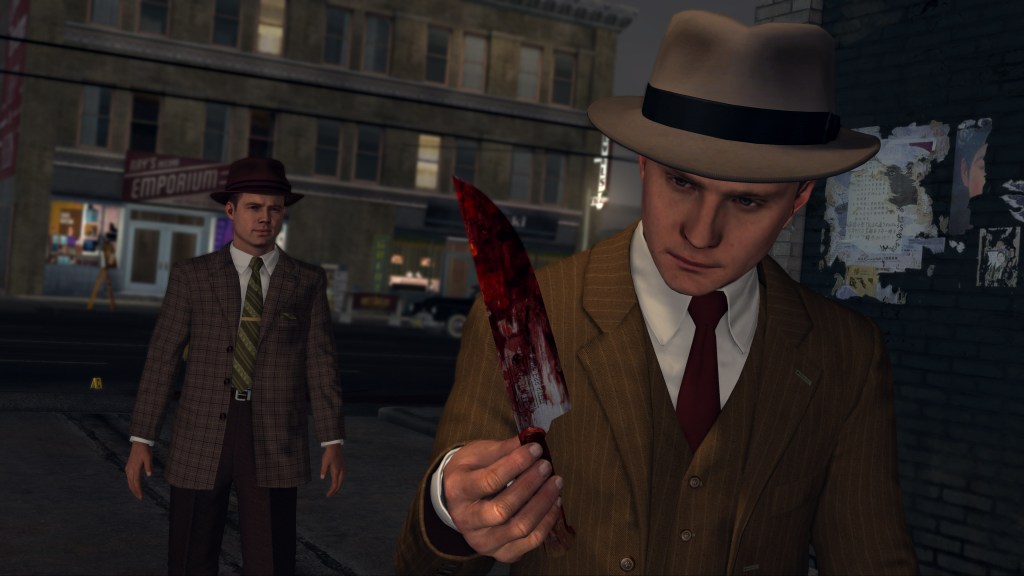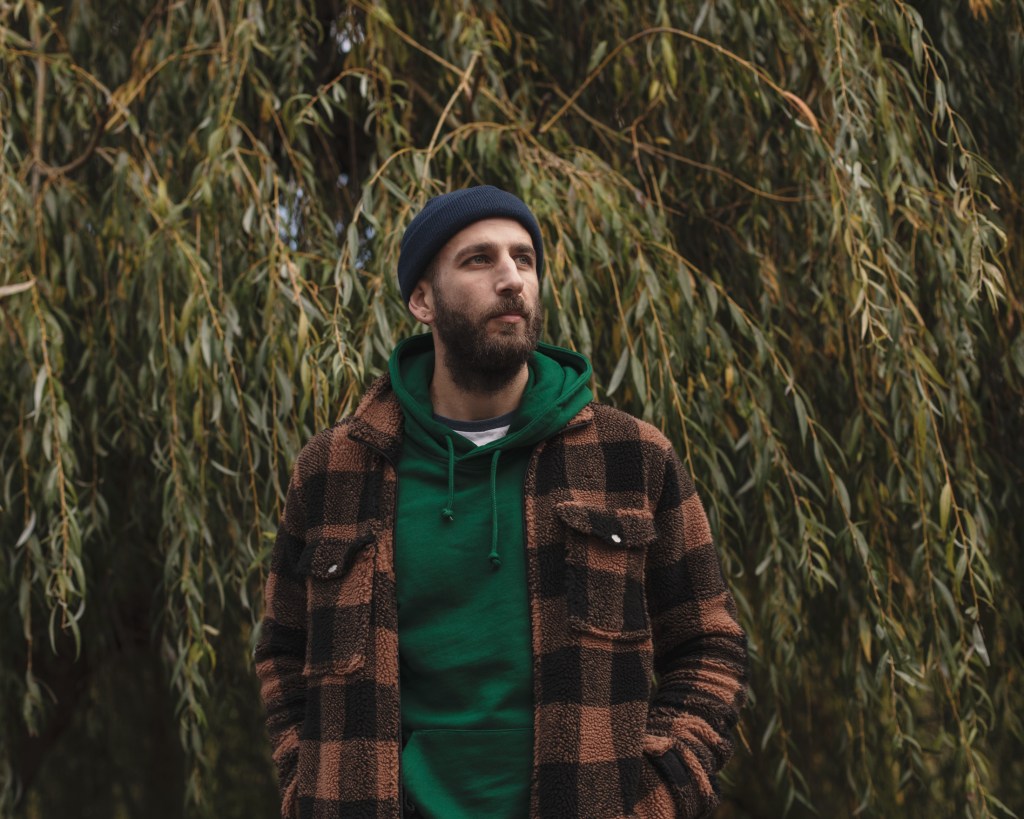When you watch Louisville’s Brendan McKay take batting practice, you can’t help but come away impressed. You see a hitter who repeats the same stroke over and over; a stroke that stays in the zone and sprays line drives all over the field. You see him take the ball out of the park with ease, too. When he’s finished, you can’t help but think to yourself: “That’s a guy who is going to make a lot of money as a big league hitter.”
And then you see him pitch.
Videos by VICE
McKay is one of several prospects in this year’s Major League Baseball draft who get the “two-way” tag—players who not only impress scouts and front-office members with the bat, but also are legitimate prospects on the mound.
“I’ve never seen this many guys who could be impact players as pitchers and hitters,” a longtime National League West scout told VICE Sports. “Normally you get one, maybe two, of these [types of players] in a class. This year’s different, there are quite a few guys you could see playing in the bigs as hitters or pitchers. Heck, you could argue that the best player in the class profiles well as a two-way guy. I don’t remember ever seeing that.”
Read More: Jason Heyward Reinvents Himself Again
The player the scout is referring to is Hunter Greene, out of Notre Dame High School in Sherman Oaks, California. Greene can get his fastball up to 101 mph, has a curveball that at times looks big-league ready, and even throws an average change for good measure. In addition, he’s a shortstop who can play outstanding defense at a premium position, and sports above-average power at the plate.
“If [Greene] couldn’t pitch, he’d be a top ten pick as a shortstop,” the NL West scout said. “I see three plus potential tools, and the fact that he’s going to be able to stay at shortstop just makes things even sweeter. Having said that, there’s just no way in heck I could take that kind of arm away from the mound. This is one of the best prep pitching prospects I’ve seen since Lucas Giolito”
That scout’s line of thinking falls in line with the general consensus of the rest of baseball, that Greene is going to be selected high this June as a pitcher and bypass the diamond for the mound. McKay’s projected future, however, is not so clear. He’s put up college numbers that would cause you to adjust the sliders in a video game, and they’ve come both with the bat and his golden left arm. Whether he ends up pitching or playing first base—or maybe the outfield—is one of the most intriguing stories of the upcoming draft.
As good as both of those players are—and they’re very, very good—they don’t come close to being the best two-way prospect in baseball. That honor belongs to Shohei Otani.
In case you haven’t heard of Otani, here’s some background. He’s basically the reverse of Babe Ruth. Only skinny. And Japanese. And John Goodman probably won’t play him in a movie. Does that sound hyperbolic? You haven’t seen him play, then. No one in the history of the Nippon League—Japan’s version of MLB —has thrown a pitcher harder than Otani, who has been clocked up to 164 kilometers, or about 102 mph. He also has three off-speed pitches that can make hitters look stupid, and he throws them all for strikes. Oh, and he’s posted a 1.284 OPS as a hitter this year.
“The best Japanese player I’ve scouted,” an NL general manager said. “Keep in mind I didn’t get a chance to see Ichiro or [Hideo] Nomo, but that’s still saying something. We’re talking about a player that could be a guy who pitches at the top of the rotation, and he also has a chance to be an above-average or better hitter. That’s pretty remarkable when you think about it.”
Otani is going to pitch; when you throw that hard and can miss bats like he does, you’d have to be Barry Bonds with the bat to not pitch. Otani isn’t Bonds, but with this kind of offensive ability, is it possible a team would allow him to do both?
The answer is probably no, for a few reasons. The main one is the thing that takes away most of the fun things in life: money. Otani is rumored to be leaving Japan for America after the 2017 season, and the financial investment from the team that signs him will be significant. Otani isn’t about to have Cash Rule Everything Around Him because of his bat, but rather because he has the ability to be one of the best pitchers in MLB.
“I’d consider letting him DH on occasion,” a NL front office member said. “And maybe you hit him higher in the order than you do your typical pitcher when playing in an NL park. But there’s no way in [heck] that I’m letting a $150-200 million dollar pitcher play in the outfield or swing the bat 300 times a year. That’s just too much stress, and the arm is just too important.”
The same logic likely applies to McKay Greene and the other young two-way players in the class—but to a different extent. Repetitions mean a lot in baseball, especially to young players. You want that young player focusing his efforts on the skill you drafted him for. If they don’t, then their hitting and pitching can both suffer. We have seen players attempt to do this before, most recently Casey Kelly after being drafted in the first round by the Boston Red Sox. The two-way experiment was short-lived, and Kelly is now roster-fodder for the Atlanta Braves.
We’ve also seen the success rate—or lack thereof—of players who switch positions. The logical thought process is that if a two-way player doesn’t succeed as a pitcher or hitter, you can move him to his other home and try again. You certainly can, but the odds of that working out are slim. Remember Stetson Allie? Of course you don’t, and you don’t remember any of the other failed conversions because they failed. There are exceptions to that rule, like Kenley Janson, David Peralta, and to a lesser extent, Rick Ankiel. But for the most part, it just doesn’t work out.
But could Otani, McKay or Greene actually be exceptions?
“If there’s anyone who can do it, it’s McKay,” a NL executive said. “Look, we’re talking about a pitcher with two plus pitchers, and a hitter who might have the same skills in the hit and power. And the impression I get from McKay is that he’s so advanced with his stuff and so smart with his approach that he wouldn’t really lose anything by trying both. That’s the impression that I get, anyway.”
If it did work out, imagine how much value a club could gain from that type of player. Imagine if McKay really can hit for average and power, and also thrive as a mid-rotation starter. As good as Mike Trout and Clayton Kershaw are, wouldn’t a player who could give you Jason Kipnis-level offense and Collin McHugh’s pitching be just as valuable?
Oh, and since we’ve already discussed money, imagine how a club would salivate for the chance to pay a player like that ten cents on the dollar for the first six or seven years of his career. Not to mention the the additional roster flexibility said player would provide, and the potential marketing opportunities. Novelties tend to sell tickets and jerseys.
While it may not happen with Otani, Greene, or even McKay, but it does appear we’re getting closer to finding a MLB two-way star. It’s just going to take the right player, and—maybe even more importantly—the right team.
Want to read more stories like this from VICE Sports? Subscribe to our daily newsletter.




